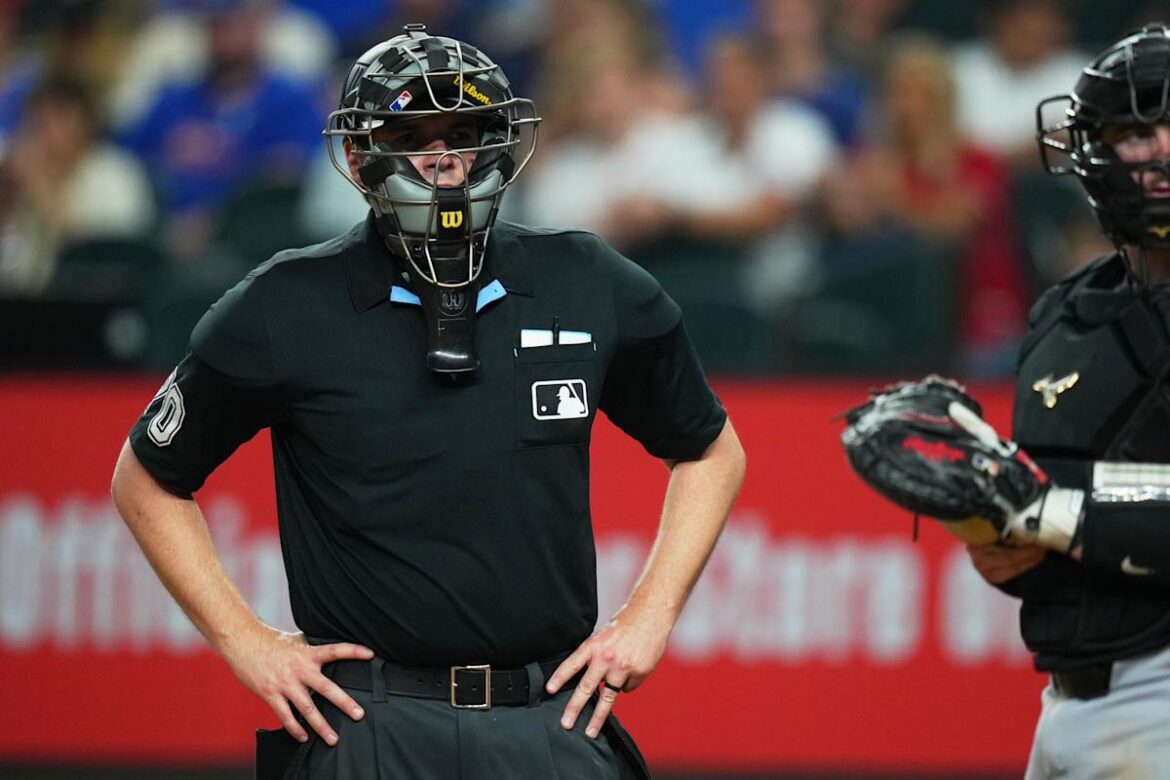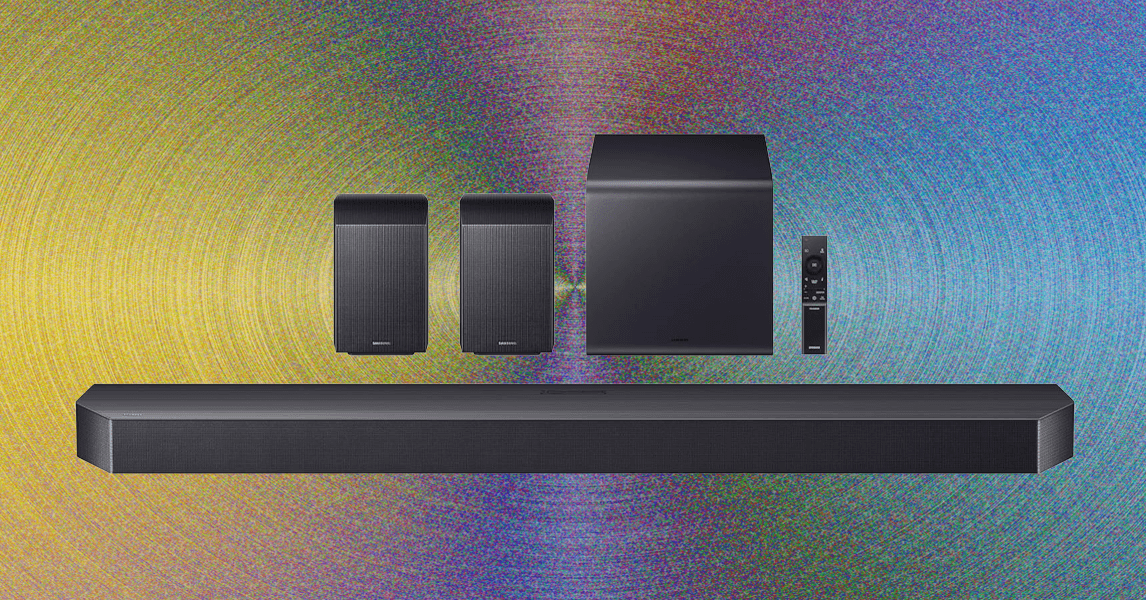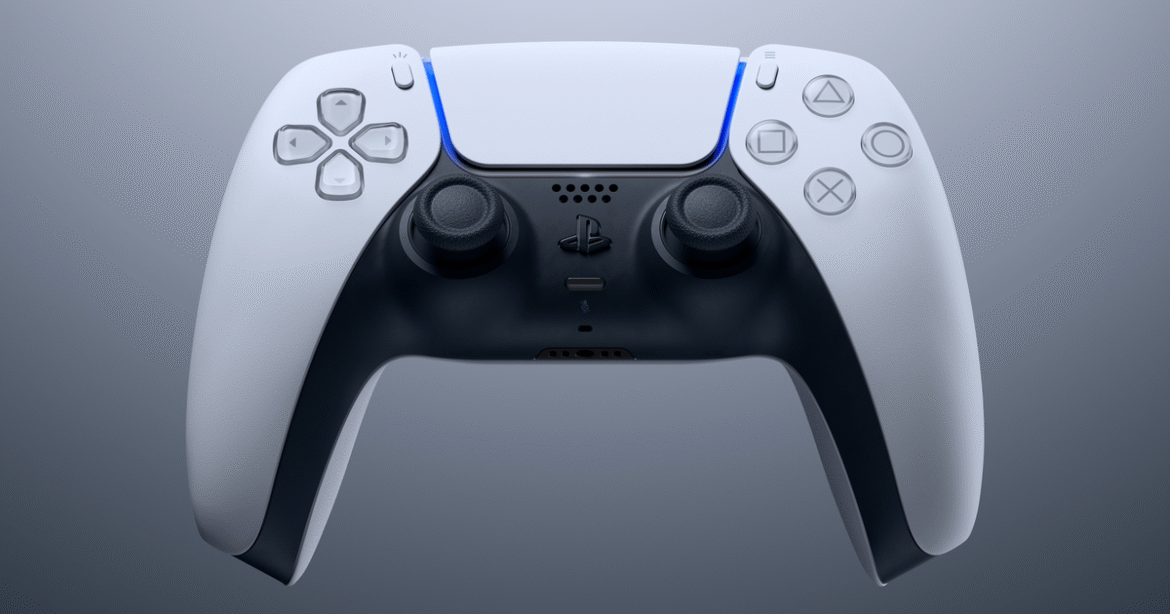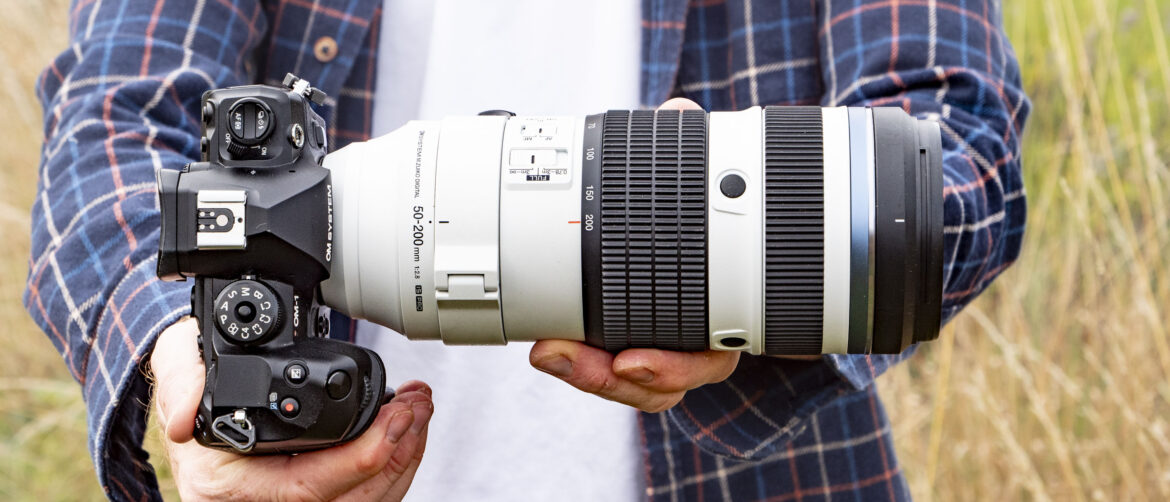Next year, baseball reasons will have one less reason to rage at the umpire. Major League Baseball announced today that it will introduce the Automated Ball Strike challenge system in the 2026 season for all spring training, championship season and postseason games. In other words, next year there will be a way for the players to attempt to overturn an umpire’s call about whether a pitch counts as a strike or a ball if they disagree with the initial decision.
ABS uses a network of a dozen camera to record every pitch thrown. The umpire will still call the pitch a ball or strike as usual, but under the new system, the pitcher, catcher or batter can immediately challenge that decision. Coaching staff and other players cannot offer input on whether or not a challenge is initiated. If the cameras show any part of the ball touching the batter’s strike zone, the pitch will be counted as a strike. All teams will begin a game with two challenge opportunities, and only lose them if they challenge unsuccessfully. For games that go into extra innings, a team will get an additional challenge if it has none remaining at the start of the additional gameplay.
Baseball has taken a gradual path to introducing this tech. ABS has been tested at the Triple-A level since 2022, and it finally got a chance in the majors during spring training and in the All-Star Game this year. Other sports have also been leveraging electronics to ensure that gameplay rules and scoring are consistent. Football/soccer has implemented a video assistant referee (VAR) system in several leagues, including FIFA and the UK’s Premier league. Tennis is also adopting electronic line calls at Wimbledon and other tournaments. Even the electronic systems are not infallible, but considering how much any high-level athletic endeavor can be won or lost by millimeters, having a backup for the human eye seems like a net positive.










